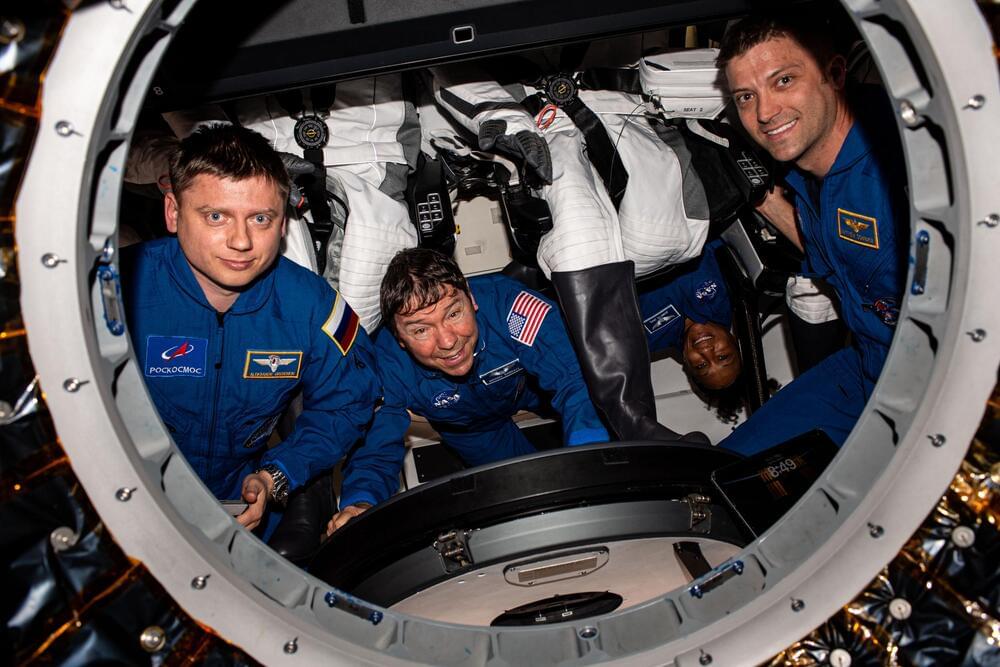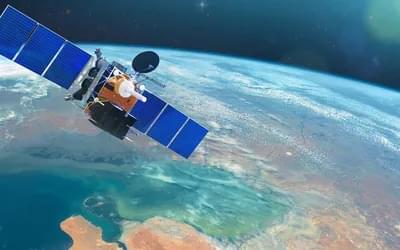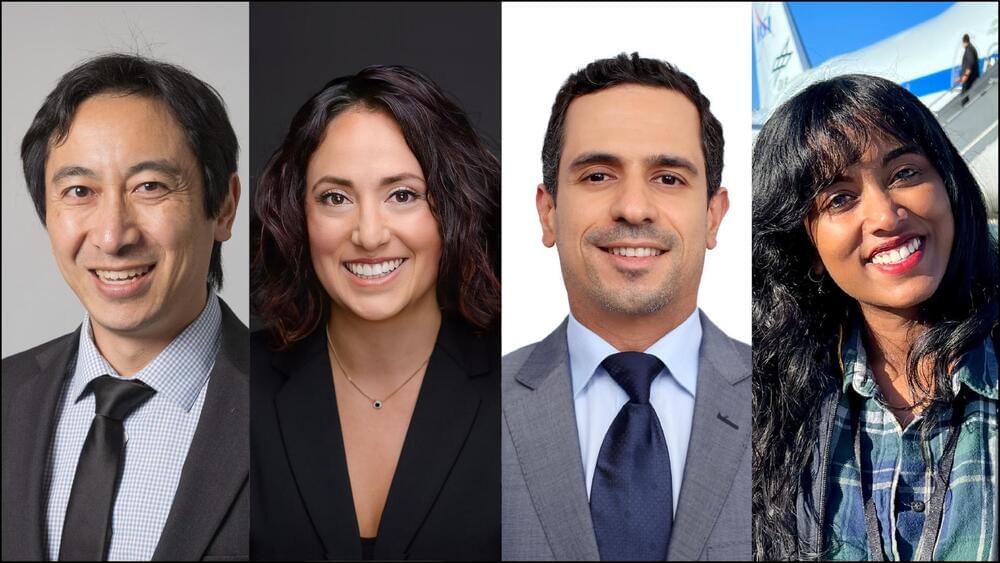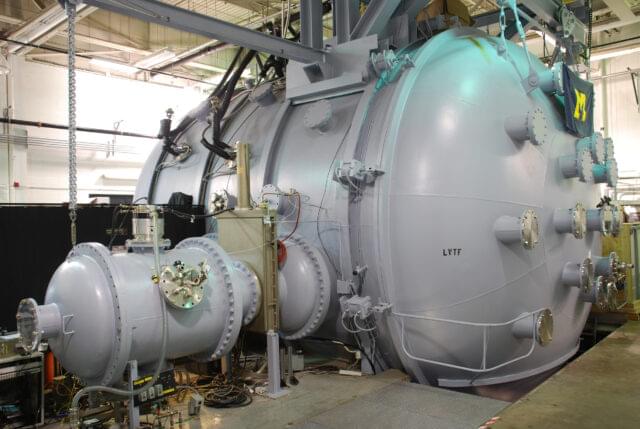NASA’s Stennis Space Center near Bay St. Louis, Mississippi, achieved a key milestone this week for testing a new SLS (Space Launch System) rocket stage to fly on future Artemis missions to the Moon and beyond.
Over a two-week period beginning Oct. 10, crews completed a safe lift and installation of the interstage simulator component needed for future testing of NASA’s exploration upper stage (EUS) in the B-2 position of the Thad Cochran Test Stand. The component will function like the SLS interstage section that helps protect the upper stage during Artemis launches.
“NASA Stennis is at the front end of the critical path for future space exploration,” said Barry Robinson, project manager for exploration upper stage Green Run testing on the Thad Cochran Test Stand. “Installing the interstage simulator is a significant step in our preparation to ensure the new, more powerful upper stage is ready to safely fly on future Artemis missions.”






